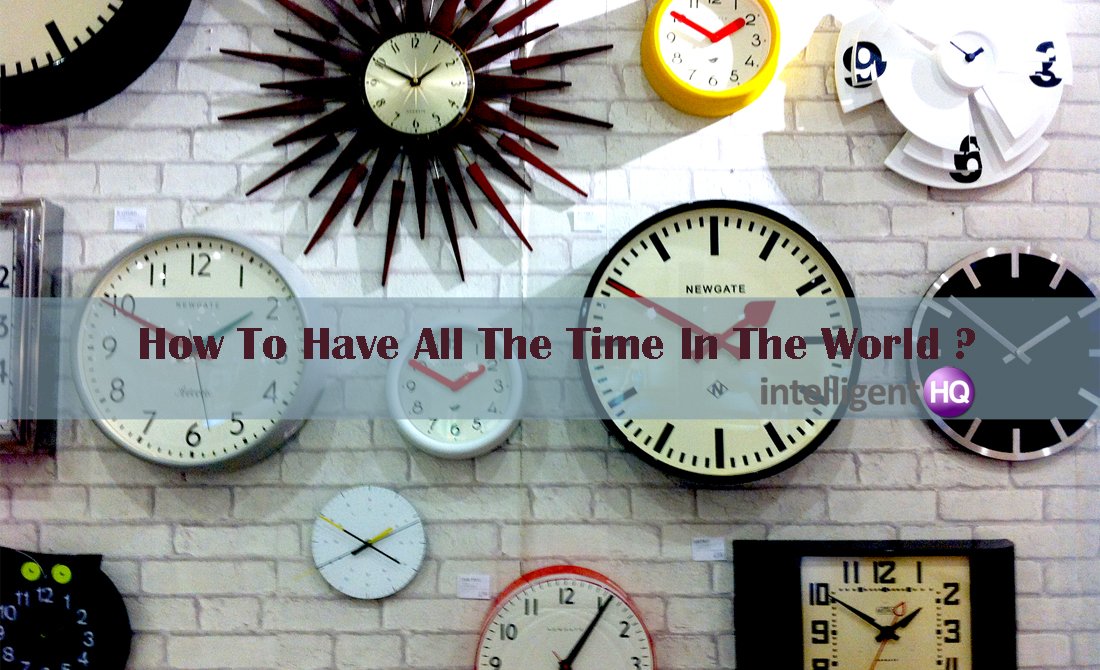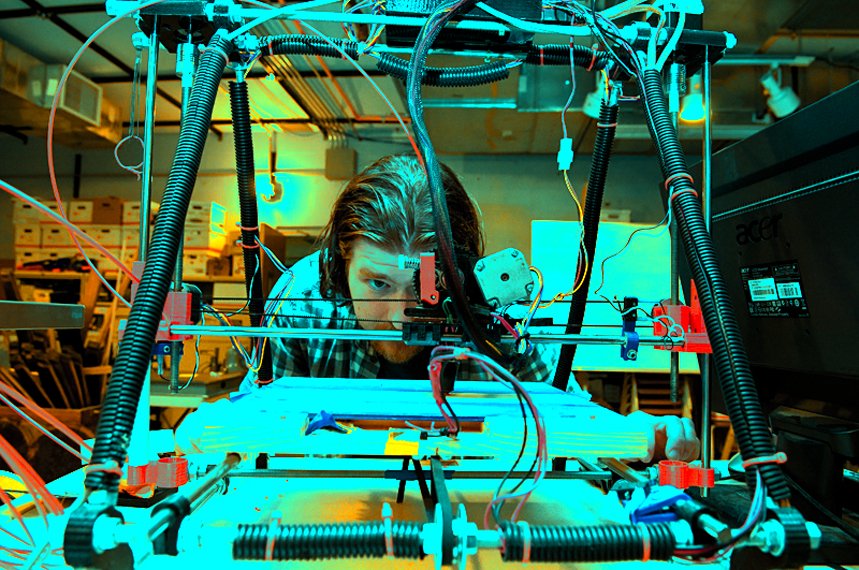In Parts 1 and Part 2 of this series we reviewed the Internet of Things concept to understand what it is and why it is important. We also looked at a SWOT analysis of the Internet of Things to better understand the directions in which it is progressing and the benefits and risks that this brings. In this third part in the series, we look at companies that are already excelling in this field, and the ways in which they are doing so. Fast Company recently reported on the most innovative companies in terms of development of Internet of Things technology. It came up with 10 companies that are really pushing forward the development of the Internet of Things by solving problems and making work and home lives easier for people and companies. Here are some of the most innovative from its list:
Google – Google came up with a development called “Nest” which is a smoke detector that has improved functionality and is able to operate using a “hands free silencer” and can be operated using voice control. Gone are the days of trying to figure out how to switch the smoke detector off in the case of a false alarm. Instead you’ll just have to tell it to shut up and it will.
Cartoon about Google NestPhilips – Fast Company explains how Philips has come up with light bulbs that can be programmed by smartphone and which are able to save people money on their utilities bills as a result. The light bulbs are also able to replace the functionality of the good old-fashioned dimmer switch as they offer different “mood setting shades”.
Philips light bulbsQuirky – Quirky has partnered with GE to develop five Internet of Things technologies that are already proving very popular in the market. Different areas of home management are covered by these. For example, the company’s “Spotter disc” uses sensors to detect aspects like temperature, light, sound, motion and humidity. Another innovation allows people to monitor the freshness of their food in the fridge.
Spotter disk from QuirkyJawbone – Jawbone’s technology tracks the activity that people take, and it is also able to provide feedback. It has many different functions, one of which is to work with phone applications to prompt the making of coffee. This is one that those that need their morning coffee before they leave the house will love!
Smartthings – this company has created an open-software platform which allows developers to be able to sell their clever Internet of Things apps to customers. There is already a community of 5,000 developers, and customers can use the developments offered to make their homes smarter and more efficient.
open-software platform done SmarthingsWithings – this company has produced a very interesting product that will help the millions of people that have problems sleeping. The product is called Aura and it is an alarm clock. It uses different coloured light at different times of the night to either help send the user to sleep or to awaken them. It tracks the way in which the person sleeps and it is also able to intervene with the body’s circadian rhythms to help the user to sleep better in the future.
Aura alarm clock done by WithingsBelkin – Fast Company explains that Belkin has developed a device that provides users control over whatever is plugged in. This has interesting applications for example for cooking, and again for making coffee. It provides on and off control and is likely to include further iterations and applications in the future.
Belkin appThese are just some of the examples of the innovations that the Internet of Things is bringing to the world around us. More and more exciting new developments are being released onto the market every single day. The technology is being used for process optimisation in industry where it is cutting back in a major way on waste created. It is helping resource consumption to be more efficient, and experimentation has also been occurring to reduce the number of traffic jams that are created by people, according to McKinsey. The same report explains how robots to clean up toxic waste are already in test and that this in itself has also led to a fresh look about how work can be carried out in inhospitable environments.
The Internet of Things has a long way to go, but has already developed much that is of great use to our everyday lives, and in particular that helps to save energy. It is exciting to see what will come next.
Image Source of feature image: Overall city by chragokyberneticks

Paula Newton is a business writer, editor and management consultant with extensive experience writing and consulting for both start-ups and long established companies. She has ten years management and leadership experience gained at BSkyB in London and Viva Travel Guides in Quito, Ecuador, giving her a depth of insight into innovation in international business. With an MBA from the University of Hull and many years of experience running her own business consultancy, Paula’s background allows her to connect with a diverse range of clients, including cutting edge technology and web-based start-ups but also multinationals in need of assistance. Paula has played a defining role in shaping organizational strategy for a wide range of different organizations, including for-profit, NGOs and charities. Paula has also served on the Board of Directors for the South American Explorers Club in Quito, Ecuador.

























